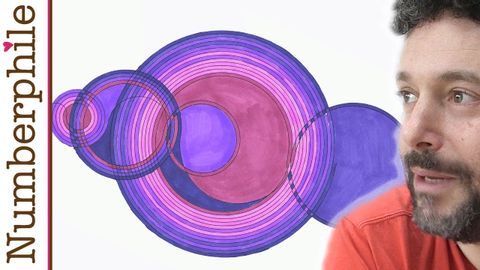ちょっと不気味なレカマン・シーケンス - Numberphile (The Slightly Spooky Recamán Sequence - Numberphile)
林宜悉 が 2021 年 01 月 14 日 に投稿  この条件に一致する単語はありません
この条件に一致する単語はありません- v.t.(人を騙すために)ふりをする : 装う;仮定する : 推測する;(責任 : 任務などを)負う : 引き受ける
US /ˌrɛkəˈmɛnd/
・
UK /ˌrekə'mend/
- n. (c./u.)大きさや格など;うろこ;はかり;音階;規模
- v.t./i.(縮尺比に従って)拡大する : 縮小する;登る;魚のうろこを取る
エネルギーを使用
すべての単語を解除
発音・解説・フィルター機能を解除

